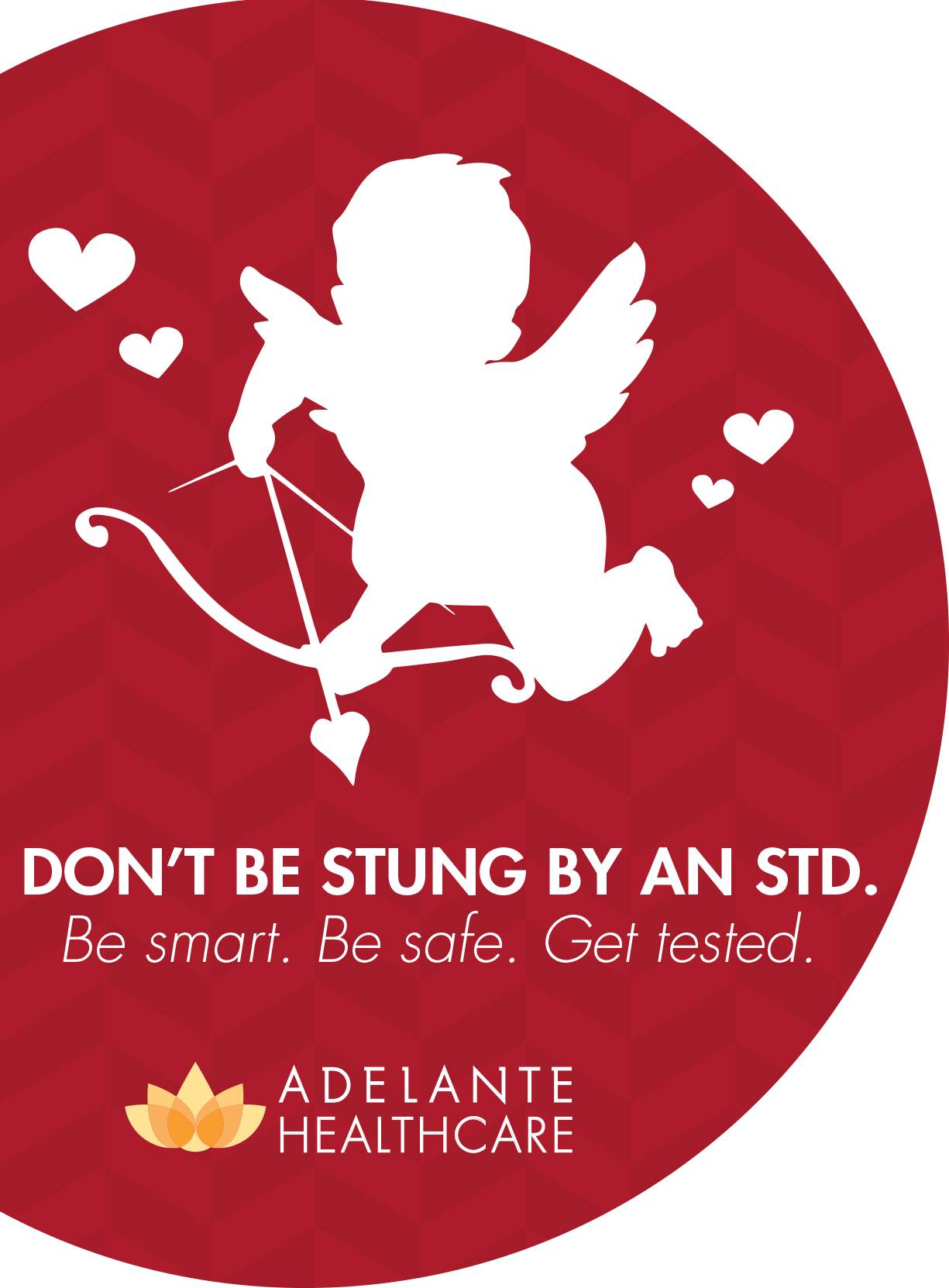Cupids Arrow May Be Carrying Something Extra…
New romance brings feelings of hope, excitement, and anticipation. But increasingly it’s also bringing Sexually Transmitted Diseases (STDs.)

We now know more than ever about how to prevent infectious diseases, yet the rate of STDs is at an all-time high. Experts haven’t pinpointed the cause, but they know who is most at-risk.
Those aged 15-24 make up just over one quarter of the sexually active population, yet account for half of the 20 million new STDs each year, including nearly two-thirds of last year’s chlamydia diagnoses and half of the gonorrhea cases.
Among those 55 and over, chlamydia is up 115 percent and gonorrhea is up 67 percent in the past several years. Because chlamydia and gonorrhea often have no symptoms, many infections go undiagnosed.

Syphilis is back, too. Primary and secondary syphilis cases have increased by 19 percent since 2014 alone.
Maricopa County now ranks 7th in the nation for primary and secondary cases of syphilis, and 10th for cases of congenital syphilis (disease passed from pregnant mother to fetus.) And groups being hit hardest are men ages 25-29, African American men, men who have sex with men, and men in western and southern states.
If you’re sexually active, make sure you talk with your primary care provider about getting tested. Most insurance plans cover testing as part of their preventive care provisions.
Here is what the Centers for Disease Control and Prevention recommends:
- All adults and adolescents from ages 13 to 64 should be tested at least once for HIV.
- Annual chlamydia screening of all sexually active women younger than 25 years, as well as older women with risk factors such as new or multiple sex partners, or a sex partner who has a sexually transmitted infection
- Annual gonorrhea screening for all sexually active women younger than 25 years, as well as older women with risk factors such as new or multiple sex partners, or a sex partner who has a sexually transmitted infection.
- Syphilis, HIV, chlamydia, and hepatitis B screening for all pregnant women, and gonorrhea screening for at-risk pregnant women starting early in pregnancy, with repeat testing as needed, to protect the health of mothers and their infants.
- Screening at least once a year for syphilis, chlamydia, and gonorrhea for all sexually active gay, bisexual, and other men who have sex with men (MSM). MSM who have multiple or anonymous partners should be screened more frequently for STDs (e.g., at 3-to-6 month intervals).
- Sexually active gay and bisexual men may benefit from more frequent HIV testing (e.g., every 3 to 6 months).
- Anyone who has unsafe sex or shares injection drug equipment should get tested for HIV at least once a year.
Enjoy the joy of your new romance. But don’t be stung by an STD. Be smart. Be safe. Get tested.
